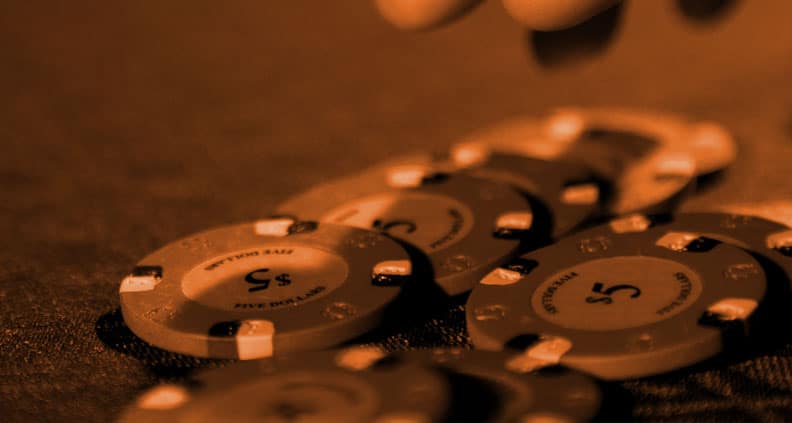Phase One: Terror
When I left tournaments for a cash life, my poker membrane was still brittle. I grew smarter about the game every session, but couldn’t yet see much beyond my own cards. Those early intense, caffeinated cash games exploded with young, aggressive (mostly male) action junkies who always put me to the test. I was chum. Devoured. My emotionally driven hero calls, legend. Even their bad cash play was a higher strategic realm for me and I was a handy victim. Naturally, I resented them as a class, furious at the shellacking—trial by LAG fire. Agony aside, I never quit. Never left the ring. I was months away from ex-ray vision and being able to peer into, and profitably deconstruct, aggro ranges and habits. Despite immense frustration, I trusted that the LAG universe could be seen. This was not a small thing—my unnegotiable confidence.
Phase Two: More terror
No magical moment. No violins. The entire theoretical underpinning of LAG play, along with news of optimal frequencies, never arrived in a pink box wrapped in sunshine ribbons delivered by prancing unicorns. Nailing down those truths, playing back with fortitude and targeted counter strategies, was slow and painful. My muscle became itself in glacial fits and starts. The table’s collective bully aggression repeatedly yanked me off my A game. Constant tilt was a factor. The plan? First I built barricades to keep marauding LAG hordes off my stack. I learned to fold. Simple enough (sorta). Then I worked on my brain, never a friend. I repeated as a mantra: bullying is (mostly) all in the mind. What happens is never personal as Tommy A. says. Rinse, repeat.

Phase Three: Baby Steps
Like Macy’s, poker is democratic. All styles are welcomed. LAGs do a few things well. The best of them hide ranges and bring a certain wild creativity to a structured game. The worst of them (maniacs playing 97% of hands) lose bundles and can’t handle their instrument. I spent countless hours studying LAG topography and saw how, in truth, they were gorgeously vulnerable, their own valleys potential snares. Their tribal customs became a slowly revealed Polaroid. Eventually my terror readings fell. I was still panting. But avoiding the edge of the cliff. For me it became less about the technical stuff—SPR, stack size, odds—and more about psychology. Mindset. Fearlessness.
Phase Four: Schadenfreude Bad
Aggros present as being in control. In truth, they’re often frantic. Shutting down hands. Playing tiny edges. I stopped needing to “keep them honest.” Their wins were none of my business. I got calmer. Months out, a maniac with a gigantic chip castle late in the game was spewing and whiffing and losing. In one hand, I hit the flop hard with TP/TK and a nut flush draw and I shoved and he called with a decent stack and I wouldn’t do business which he desperately needed cause he was behind and drawing (pro forma). I won the hand (not the point) but in my heart planets careened off axes. I had found the ideal spot. I had pulled the trigger. I had gotten the LAG of the hour to make a mistake. Triumph (momentary), and the gods will surely curse me for adoring results.
Phase Five: True Love
Each time I buy a new castle in the English countryside, I thank LAG comrades and send a pony. My vanquished fear has been replaced by glee at their presence. Two at a table, a chance at lobster for months. Three or more, yachts. I jest (sorta). Yet and still, poker’s a moving target. I never get cocky. With new Villains I continue to channel the fundamentals—a refined starting-hand range, strategic open sizing, elegant 3-bets. Now the aggression is mine. Yet and still, not every LAG is created equal. I work to woo the marlins of the sea with fresh bait and deceptive, irresistible spots. I smile. I surrender.
